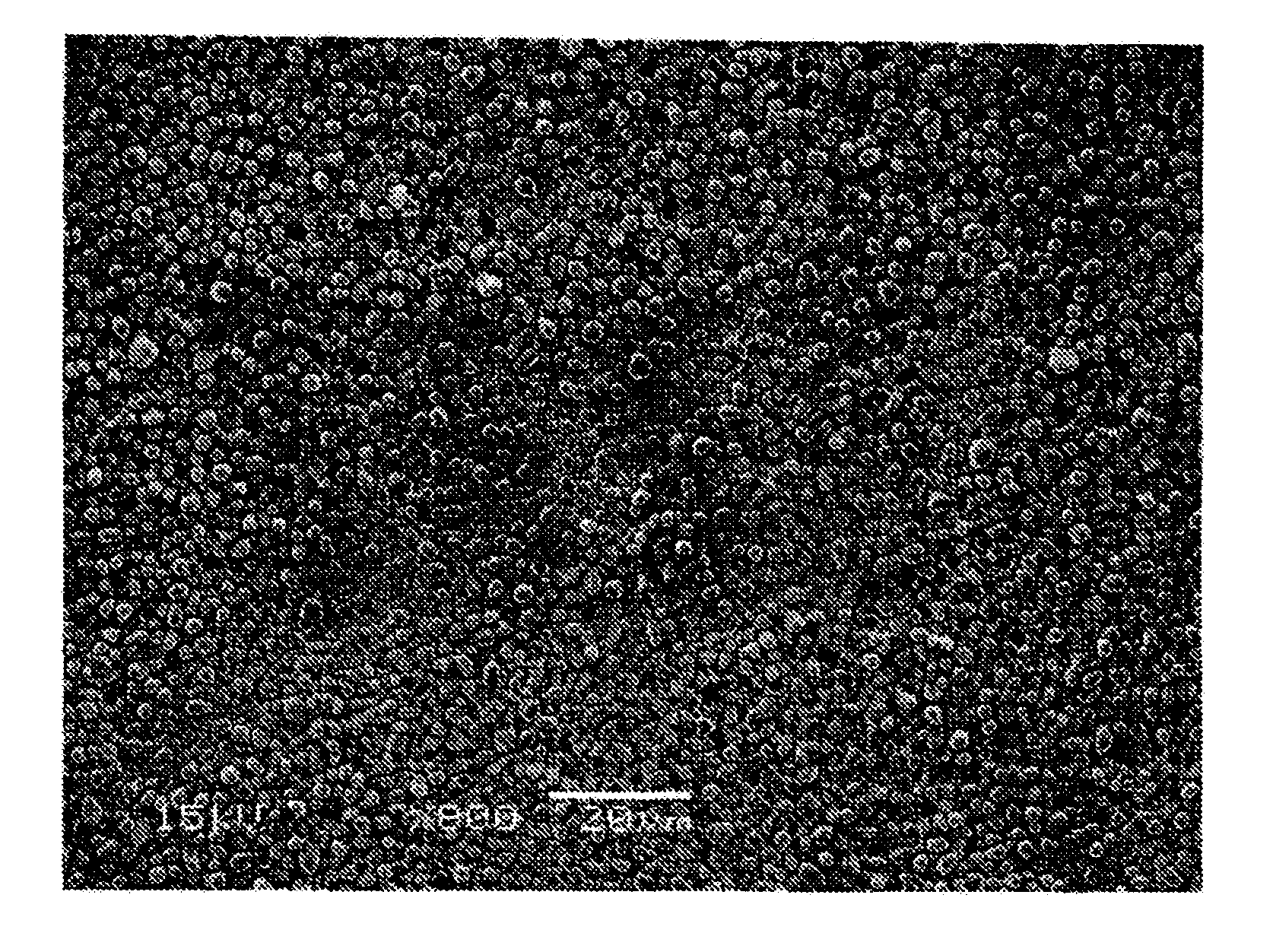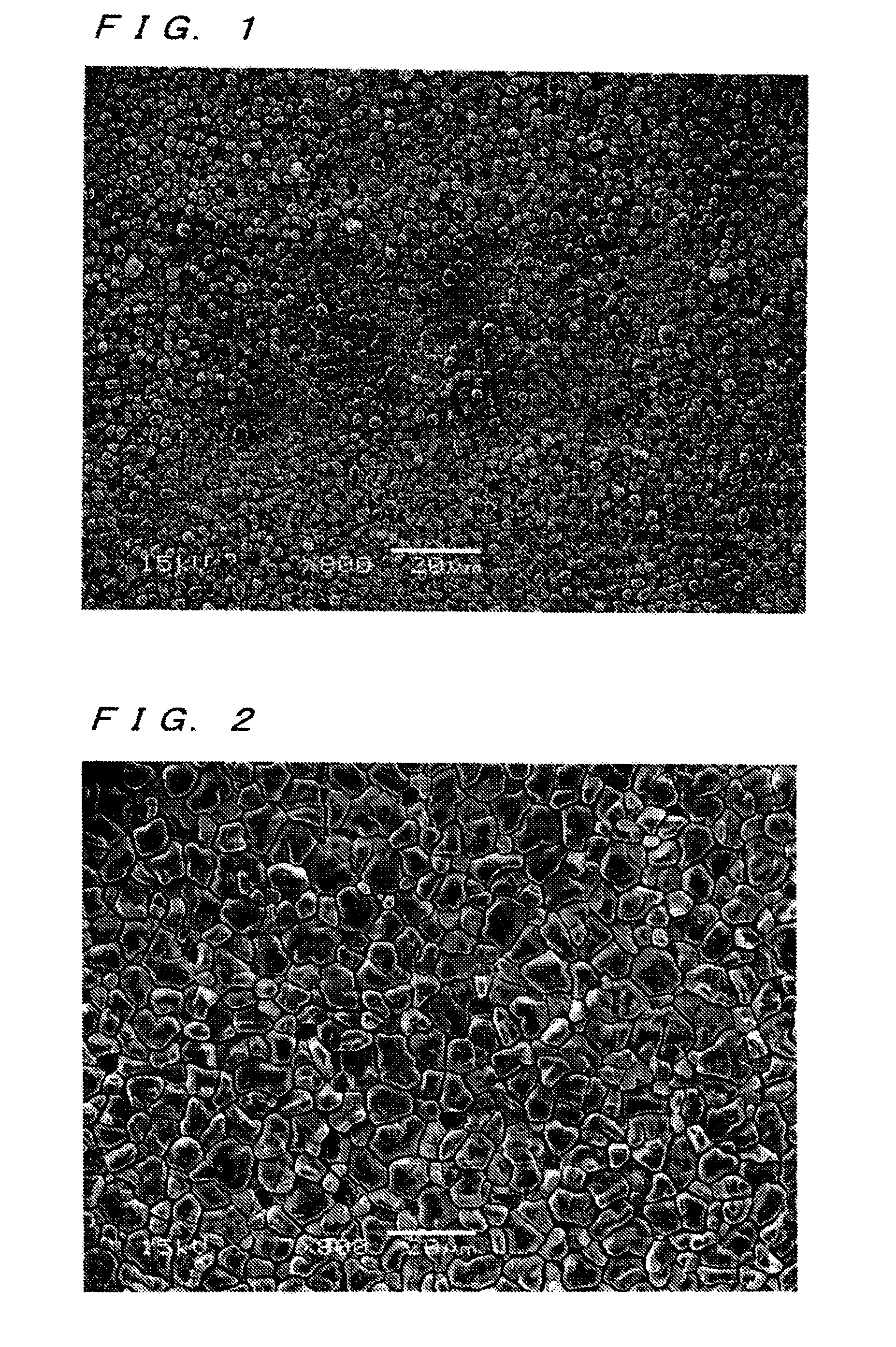Lead-free solder alloy
a solder alloy and lead-free technology, applied in the direction of welding/cutting media/materials, manufacturing tools, welding apparatus, etc., can solve the problems of lead pollution of underground water caused by acid rain contact of printed wiring boards with acid rain, and achieve good impact resistance to drop and good solderability
- Summary
- Abstract
- Description
- Claims
- Application Information
AI Technical Summary
Benefits of technology
Problems solved by technology
Method used
Image
Examples
examples
[0041]Solder balls having a diameter of 0.3 nun were prepared from the solder alloys having the compositions shown in Table 1. Among the solder alloys shown as comparative examples in Table 1, Comparative Examples 1 and 2 illustrate solder alloys having representative compositions described in Patent Documents 1 and 2, respectively. Comparative Examples 3 and 5 illustrate solder alloys described in Patent Document 3.
[0042]Using the solder balls, impact resistance to dropping before and after thermal aging, the thickness of an intermetallic layer measured after thermal aging, yellowing discoloration caused by heating, and the formation of voids were tested by the methods described below. The results are also shown in Table 1. Heating in a reflow furnace or a thermostatic oven in each test was carried out in air.
[0043][Impact Resistance to Dropping]
[0044](1) Flux is applied by printing to the electrodes of a CSP measuring 12×12 mm and having 192 electrodes (the surfaces of which were ...
PUM
| Property | Measurement | Unit |
|---|---|---|
| temperature | aaaaa | aaaaa |
| soldering temperature | aaaaa | aaaaa |
| diameter | aaaaa | aaaaa |
Abstract
Description
Claims
Application Information
 Login to View More
Login to View More - R&D
- Intellectual Property
- Life Sciences
- Materials
- Tech Scout
- Unparalleled Data Quality
- Higher Quality Content
- 60% Fewer Hallucinations
Browse by: Latest US Patents, China's latest patents, Technical Efficacy Thesaurus, Application Domain, Technology Topic, Popular Technical Reports.
© 2025 PatSnap. All rights reserved.Legal|Privacy policy|Modern Slavery Act Transparency Statement|Sitemap|About US| Contact US: help@patsnap.com


